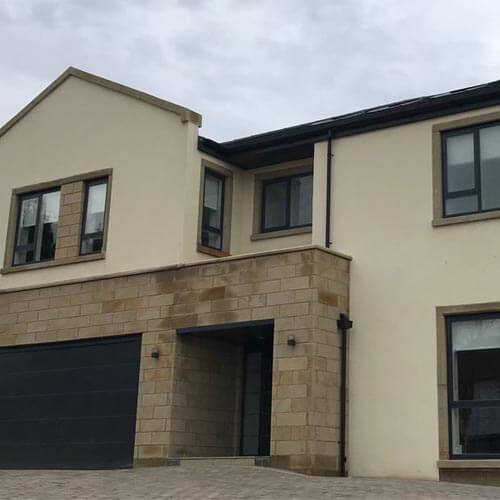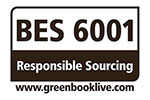01732 360 095
Do I need waterproofing or damp proofing?
Water ingress and damp penetration can cause serious problems to a building. If you suspect that your property is suffering from any water-related issues, the first thing to do is identify the problem. Whether you need waterproofing or damp proofing will affect the approach to solving your problem.
Consider the External Ground Levels
Problems can occur if the dampness is showing in a property with external ground levels that are higher than the internal floor level. In the example above, the moisture residing in the external ground is a contributing factor to the dampness already identified. The high ground could also be saturated enough for water to bear against the structure, creating a risk of water ingress.
Where high ground levels exist, it should be assumed that water ingress is a possibility. Therefore, a waterproofing system is required. Where there are no high ground levels a damp proofing solution is required.
To summarise:
- If the external ground levels are lower than the internal walls (or if the external ground could be lowered) – a damp proofing system would be the recommended solution (Newtonite System for Damp Proofing).
- If the external ground levels are higher than the internal walls, for example, a basement or cellar – a full waterproofing system is required (Newton Cavity Drain Membrane (CDM) System).
Technical Details
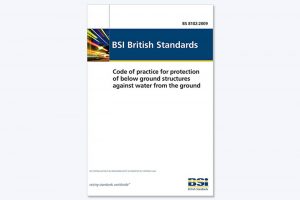
Where the external ground is higher than the internal floor, and waterproofing is required, the recommendations within the British Standard 8102:2022 (Code of Practice for The Protection of Structures Against Water Ingress) should be followed.
BS 8102:2022 is a design document used to inform the designer of the various methods of waterproofing available and to assist in the correct specification of those systems.
Grades of Waterproofing
The general principles for successful waterproofing are:
Decide on the end-use of the space to be waterproofed. Depending on the desired end-use, BS 8102:2022 defines three Grades of internal environment. These are the level of waterproofing protection that is required for each one:
- Grade 1a – Seepage and damp areas from internal and external sources are tolerable, where this does not impact on the proposed use of below ground structure.
- Grade 1b – No seepage. Damp areas from internal and external sources are tolerable
- Grade 2 – No seepage is acceptable. Damp areas as a result of internal air moisture/condensation are tolerable; measures might be required to manage water vapour/condensation.
- Grade 3 – No water ingress or damp areas is acceptable. Ventilation, dehumidification or air conditioning necessary; appropriate to the intended use.
Once the internal Grade has been established; it is important to select a waterproofing system that is capable of achieving the required environment.
Newton Waterproofing Index
To assist the specifier in deciding on the correct waterproofing specification, the Newton Waterproofing Index (NWI) is a unique waterproofing specification tool. It has been developed to assess the ability of a waterproofing specification to successfully protect an earth-retaining or below-ground structure.
This assessment is based both upon the type of structure involved, and the type/s of waterproofing being used. The purpose is to give specifiers an accurate understanding of the potential success of different specifications and builds. It also helps to guide them through the myriad of different waterproofing products and combinations available in the market. Visually, this assessment is then represented as an NWI ‘score’ that can be used to judge each waterproofing specification.
“Guardian Preservation Services LLP would highly recommend Newton Waterproofing Systems. The products are industry-leading and the technical information they provide is outstanding” Tim Herbert, Guardian Preservation Services.
A Word of Caution
With the above in mind comes a word of warning. It is common for people to question why they should have a full waterproofing system if they only have slightly high ground levels and/or there is no running water present at the time.
While we understand their reticence, if any aspect of the structure is below ground then the BS 8102:2022 is still relevant.
It states that a risk assessment should be carried out which determines the long-term water pressures, the effects of surface water infiltration and the use of external drainage and cut-off walls. The risk assessment should also take into account the potential effects of climate change, burst water mains, flooding, defects in underground sustainable urban drainage (SUD) systems and defective soakaways and sewers, adjacent trees, sulfates, radon, methane and other ground gases and contaminants.
Even when the site investigation indicates dry conditions, the risk of some waterlogging in the future should be assumed because even in a permeable subsoil, groundwater requires time to drain away and this can result in limited pressure periodically coming to bear against the structure.
The consequences of installing a damp proofing system where a waterproofing system should have been installed can be serious and very costly. Choosing the wrong system can cause a high probability of water ingress and flooding. The resulting consequential loss can be devastating.
Not Sure What You Need?
If you are unsure if you require damp proofing or waterproofing products do contact us, we would be delighted to help.
Customer Success Stories
Our latest customer reviews from Feefo - the award winning review platform

Speak to our friendly, expert team
Our staff are able to provide guidance for projects of all sizes, whether you require some general advice about damp or waterproofing, or support with technical drawings and specifications.


